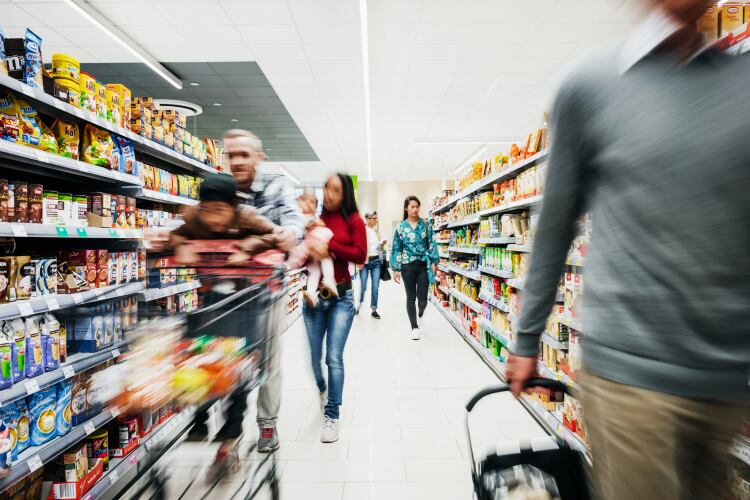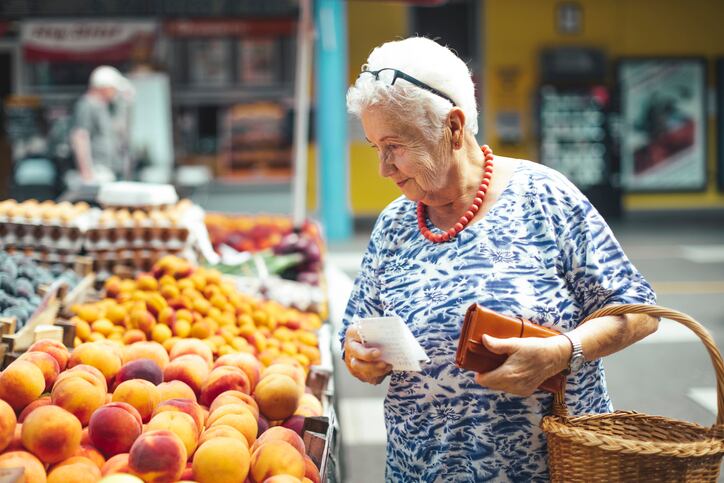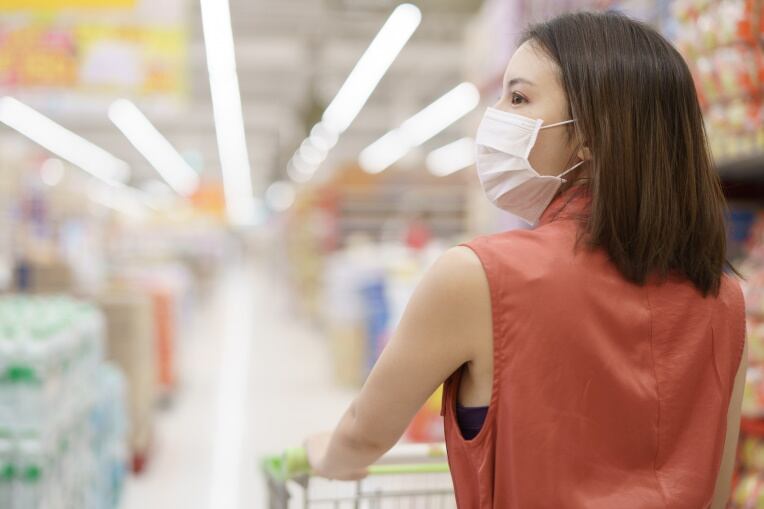The Agricultural Market Information System (AMIS), an inter-agency platform to enhance food market transparency and policy response for food security launched be the G20, issued a stark message this week. In no uncertain terms, the agricultural organisation said the ‘abrupt escalation’ of the conflict between Russia and Ukraine represents a significant threat to global food security.
“Apart from causing humanitarian hardship in the region itself, the crisis risks jeopardizing the food security of millions of people around the world who depend on affordable food from international markets for their daily subsistence,” Adriana Herrera, Chair of AMIS, wrote.
As leading producers and exporters of cereals, Russia and Ukraine are ‘crucial players’ in safeguarding global food security, Herrera stressed. Russia and Ukraine together make up nearly a third of global wheat exports, 19% of exported corn and 80% of exports of sunflower oil - the third-most traded vegetable oil internationally.
With much of the world – from the EU and US to Japan and South Korea - implementing sanctions designed to squeeze the Russian economy in response to the country’s military action in Ukraine, AMIS is urging restraint from ‘all parties’ on any move that would leave the food and agriculture markets exposed to the wider consequences of conflict.
“In my capacity as Chair of the G20 Agricultural Market Information System (AMIS), which includes all the parties involved in this conflict, I urge all members to: (i) Refrain from any actions that would negatively affect global food trade flows, including sanctions, blockages and trade restrictions; and (ii) Ensure that food and agriculture markets around the world have adequate access to global supplies, particularly those in low-income food import-dependent countries,” Herrera wrote.
Likely disruption to food supplies
Nevertheless, even if trade in food and agriculture can be shielded from the rapidly unfolding conflict and ensuing sanctions, chances are global food security is going to take a hit.
“Key to food prices will be spring plantings in Ukraine, Belarus and Russia for that matter, and the trading patterns that emerge thereafter,” ShoreCapital analyst Clive Black explained. “If Ukraine is at war and agriculture cannot function than we can only expect the… price of bread, livestock, and sunflower oil (to name but three) to rise.”
How far and for how long? “Only time and events will tell,” Black said. “Current events could be a notable turning point in global food pricing.”
Compounding existing inflationary pressures
Food inflation was already a significant challenge across various markets. As AMIS’s Herrera observed: “The crisis comes at a moment when international food markets are already struggling with soaring prices and the continuing fallout from the COVID-19 pandemic.”
Late last year, global food prices hit a fresh ten-year high after rising by more than 30% in 2021, the United Nations Food and Agriculture Organization (FAO) revealed.
This upward trajectory has continued in 2022. Data from the European Commission showed food prices were up 4.9% year-on-year in January across the EU27. Meanwhile the UK’s Consumer Price Index indicated the cost of food and drink rose 4.4% year-on-year in the same month.
For the remainder of 2022, it seems likely that food prices are only moving one way. Shore Capital lifted its 2022 expectations for UK food inflation from 3.5% to 4.5% today, with a peak of around 5% expected in April-May. This aligns with statements from Tesco’s Chairman, John Allan, that UK food inflation will reach 5% by the spring.
Food shortages have also become a global issue, albeit one being felt in some markets more than others. YouGov data from the UK revealed that the supply chain crisis – brought on by COVID-19 and, many would suggest, exasperated by Brexit – resulted in 56% of British consumers saying they have experienced food shortages in shops. This compares to 6-18% in European countries.
Poorest communities most at risk
These trends are already hitting the poorest hardest, with low income countries feeling the brunt of surging commodity costs most sharply.
In its recent Global Economic Prospects report, released well before Russian troops descended on Ukraine, the World Bank stated: “The [COVID-19] pandemic not only reversed gains in global poverty reduction for the first time in a generation but also deepened the challenges of food insecurity and rising food prices for many millions of people.”
Even within richer countries, poverty campaigners warn that poorer consumers are being more adversely impacted by food price inflation and the cost of living squeeze. For instance, the UK’s Food Foundation revealed last month that food insecurity rose to 8.8% of households (or 4.7 million adults) in February.
“Food insecurity is a vital measure if we are to monitor severe material deprivation. It contributes not only to health inequalities and life expectancy, but also social wellbeing,” emphasised the Foundation's Executive Director Anna Taylor.
How is the industry managing the challenge?
This inflationary outlook - and the impact it is having on consumers around the world - was underlined at a recent media event hosted by Unilever at The Hive, its innovation hub based on the campus of Wageningen University in the Netherlands.
Commenting on the developing conflict in Eastern Europe, Unilever’s President of Foods & Refreshment Hanneke Faber stressed that Unilever’s top priority is the safety of its Ukrainian workforce, which consists of 146 people.
Faber confirmed that the CPG giant does expect an impact on input costs, although the extent remains to be seen. She said the Knorr-to-Magnum manufacturer doesn’t believe rising food prices are ‘over yet’ and added ‘events in Ukraine aren’t going to help’.
“Ukraine is the breadbasket of the world. It is another thing we are working on in terms of can we get food in and out,” she said during the media briefing.
The company is responding with innovation, reformulation and pricing segmentation.
Inflation has been an ongoing issue for consumers in Latin American markets. To help shoppers manage spiking costs, the Knorr brand rolled out Rinde Más, a plant based-protein and seasoning mix that can be used to bulk out recipes like meatballs. Combining one sachet of Rinde Más with half a kg of mince meat can increase the number of meatballs a consumer rolls at home from 14 to 21, making more expensive meat stretch further.
Faber said Unilever is also leveraging reformulation ‘to get products as cheap as they can be’.
At the same time, the company is employing a ‘Robin Hood’ strategy of premiumisation with brands like Ben & Jerry’s alongside the development of more affordable options, what Faber characterised as ‘going high, going low’.
“We are trying to limit the price increases we have to take,” she said.



